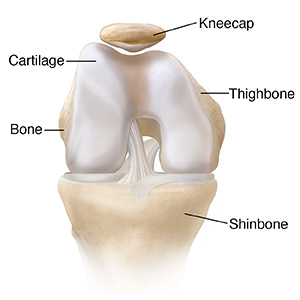FWP:
SETS == EK
For background see S. R. Faruqi's choices. This verse is NOT one of his choices; I thought it was interesting and have added it myself. For more on Ghalib's unpublished verses, see the discussion in {4,8x}.
The kneecap or 'bowl of the knee' as a begging-bowl-- who would have guessed that?! Not me, that's for sure. (Thank you, Zamin, for your clarity and specificity.) The zaanuu or knee is certainly associated with sorrow and (melancholy) reflection, as a place to rest the lowered head (for more on the imagery of zaanuu , see {32,2}). But the kneecap itself is very small, and not really bowl-shaped. Worst of all, when a person sits with head resting on a bent knee, any bowlishness the kneecap has is turned upside down, which makes it a very poor begging-vessel in which to collect alms. But-- whatever! The kneecap as begging bowl may be less common, but it's not more bizarre than other ghazal imagery. Ghalib is nothing if not hyperbolically imaginative.
See also {298x,3}, in which the kneecap is a 'peacock's egg', as part of a position of creative poetic thought.
The real problem with the verse is not the kneecap as a begging bowl, but the unmotivatedness of the 'kisses' in the first line. Why kisses in particular, at such a time, rather than any other kind of favor? No doubt the idea is that they could resemble individual small coins, the kind that might be given to a beggar. Still, the connection between the lines is not very satisfactory.

Asi:
At the time of the thought/imagination of the beloved, when I sit with head on knee [sar bah zaanuu], then, so to speak, I am asking for alms of kisses; and this 'bowl of the knee' [kaasah-e zaanuu] is for me a begging-cup. Since I bow my head on my knee and think of the beloved's kisses, the 'bowl of the knee' is a begging-bowl.
== Asi, p. 230